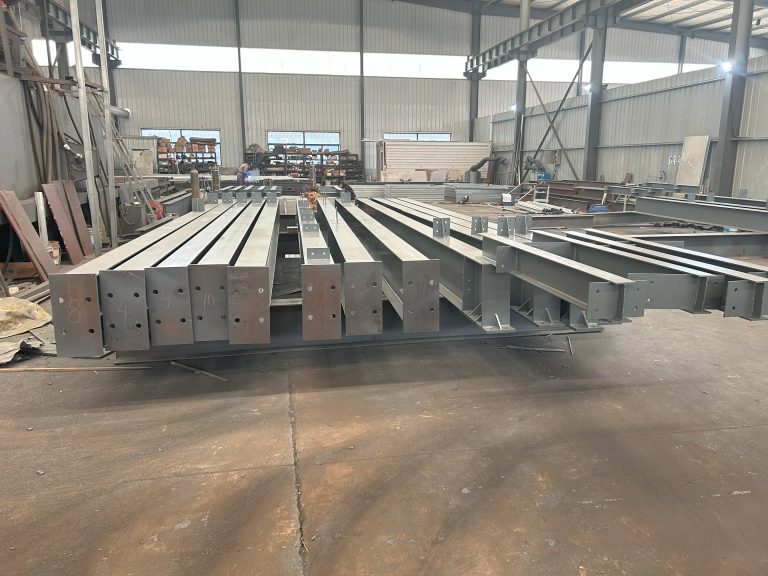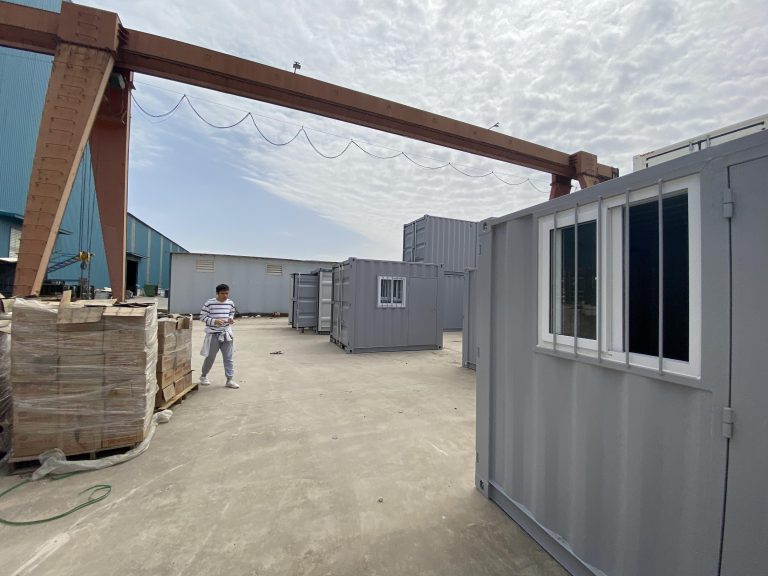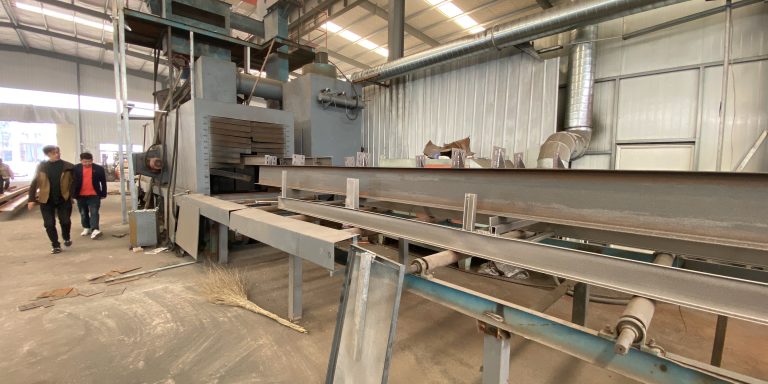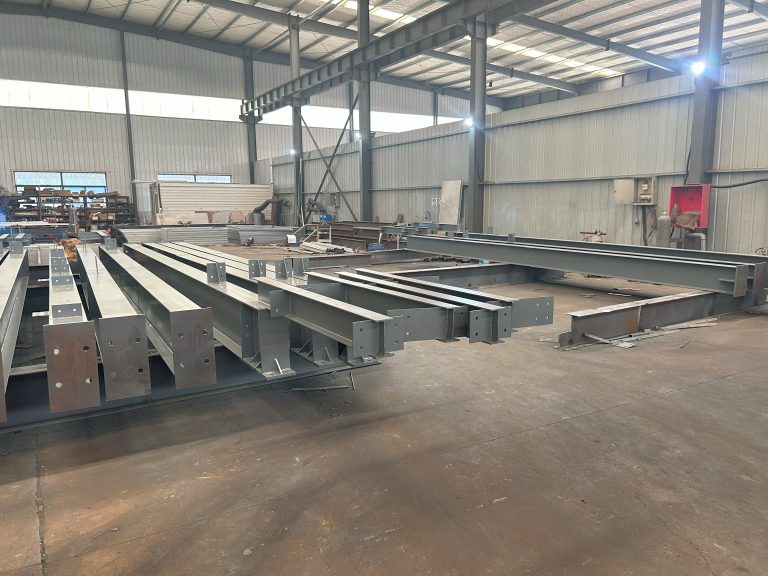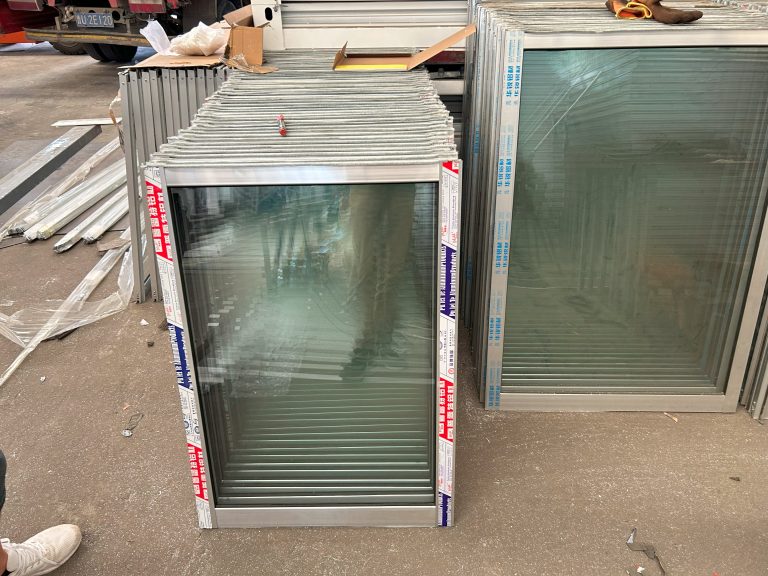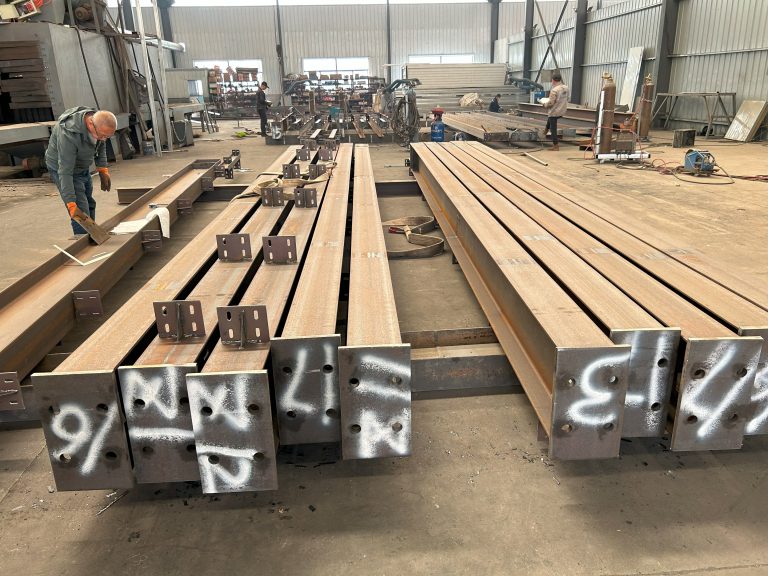Steel structure solar support: structural support for renewable energy.
Table of Contents
Advantages of Steel Structure Solar Support Systems
Steel structure solar support systems are becoming increasingly popular in the renewable energy industry due to their numerous advantages. These systems provide a sturdy and reliable foundation for solar panels, ensuring maximum efficiency and longevity. In this article, we will explore the advantages of steel structure solar support systems and why they are the preferred choice for many solar energy projects.
One of the main advantages of steel structure solar support systems is their durability. Steel is a strong and resilient material that can withstand harsh weather conditions, such as high winds, heavy snow loads, and extreme temperatures. This durability ensures that the solar panels are securely mounted and protected from damage, prolonging their lifespan and reducing maintenance costs.
Additionally, steel structure solar support systems are easy to install and require minimal maintenance. The prefabricated components can be quickly assembled on-site, saving time and labor costs. Once installed, the steel structure requires little to no maintenance, making it a cost-effective solution for solar energy projects.
Another advantage of steel structure solar support systems is their versatility. These systems can be customized to fit any size or shape of solar panel array, making them suitable for a wide range of applications. Whether it is a small residential installation or a large commercial project, steel structure solar support systems can be tailored to meet the specific requirements of the site.
Furthermore, steel structure solar support systems are environmentally friendly. Steel is a recyclable material that can be reused and repurposed, reducing waste and minimizing the carbon footprint of the solar energy project. By choosing steel structure solar support systems, project developers can contribute to a more sustainable future and promote the use of renewable energy sources.
In addition to their durability, ease of installation, versatility, and environmental benefits, steel structure solar support systems also offer cost savings. The long lifespan of steel ensures that the support system will last for many years without the need for replacement or repairs. This longevity, combined with the low maintenance requirements, results in significant cost savings over the lifetime of the solar energy project.
Moreover, steel structure solar support systems are designed to maximize the efficiency of solar panels. The sturdy foundation provided by the steel structure ensures that the panels are securely mounted and positioned at the optimal angle for maximum sunlight exposure. This increased efficiency leads to higher energy production and greater savings on electricity bills.
Overall, steel structure solar support systems offer a wide range of advantages that make them the preferred choice for renewable energy projects. From their durability and ease of installation to their versatility and cost savings, steel structure solar support systems provide a reliable and efficient solution for harnessing solar energy. By choosing steel structure solar support systems, project developers can ensure the success and sustainability of their solar energy projects for years to come.
Design Considerations for Steel Structure Solar Support Systems
Steel structure solar support systems are an essential component of renewable energy infrastructure, providing structural support for solar panels to harness the power of the sun. When designing these systems, there are several key considerations that must be taken into account to ensure their effectiveness and longevity.
One of the most important design considerations for steel structure solar support systems is the structural integrity of the support system itself. The support system must be able to withstand the weight of the solar panels, as well as any additional loads such as wind or snow. Steel is an ideal material for this purpose, as it is strong, durable, and resistant to corrosion.
In addition to structural integrity, the design of the support system must also take into account the orientation and tilt of the solar panels. The angle at which the panels are mounted can have a significant impact on their efficiency, as panels that are not properly oriented may not be able to capture as much sunlight. The support system must be designed to allow for easy adjustment of the panel angle to optimize energy production.
Another important consideration when designing steel structure solar support systems is the environmental conditions in which they will be installed. Factors such as wind speed, snow load, and seismic activity must be taken into account to ensure that the support system is able to withstand these conditions. Steel structure solar support systems can be designed to meet specific environmental requirements, ensuring that they are able to perform effectively in any location.
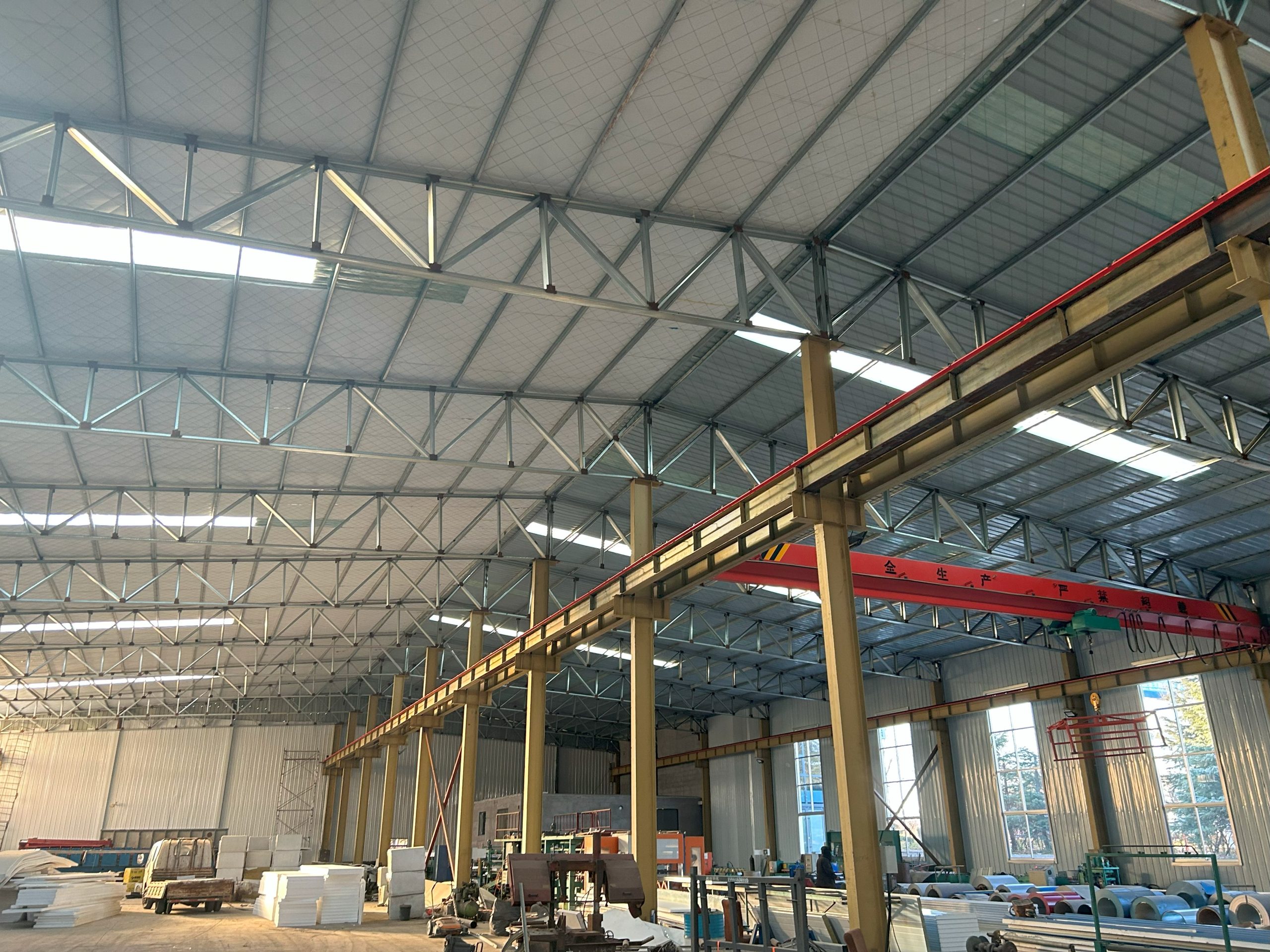
In addition to structural and environmental considerations, the design of steel structure solar support systems must also take into account the aesthetics of the installation. Solar panels are often installed in highly visible locations, such as on rooftops or in open fields, and it is important that the support system is designed in a way that is visually appealing. Steel structure solar support systems can be customized to blend in with their surroundings, creating a seamless and attractive installation.
When designing steel structure solar support systems, it is also important to consider the ease of installation and maintenance. The support system must be designed in a way that allows for quick and efficient installation, minimizing downtime and disruption. Additionally, the system must be easy to maintain, with components that are readily accessible for inspection and repair.
Overall, steel structure solar support systems play a crucial role in the success of renewable energy projects. By carefully considering factors such as structural integrity, panel orientation, environmental conditions, aesthetics, and ease of installation and maintenance, designers can create support systems that are both effective and efficient. With the growing demand for renewable energy sources, steel structure solar support systems will continue to play a key role in the transition to a more sustainable future.

